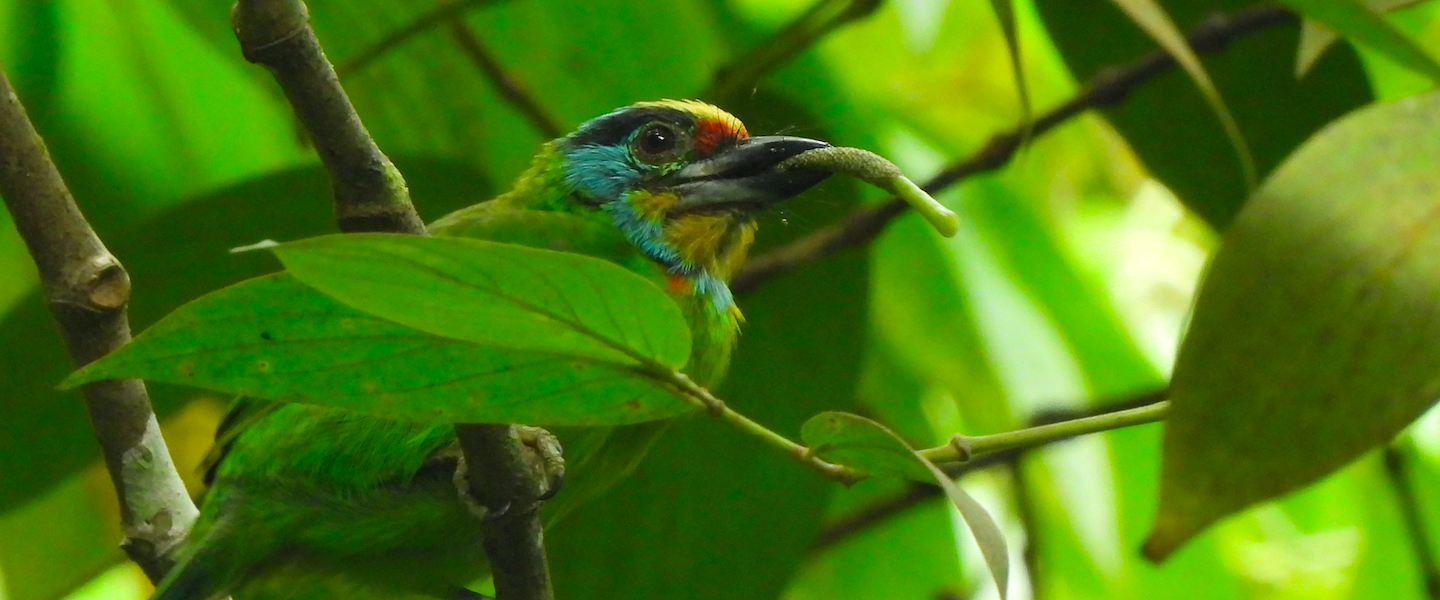Spring has just set off, and some particularly rainy days in mid March have painted the countryside in many colors. Signs of prenuptial migration are quite evident and I note some new species for the season every day — perhaps my favorite time of the year. As some exciting news, an immature Rüppell’s griffon (Gyps rueppelli) showed up in Alcoy Eurasian griffon (Gyps fulvus) colony days ago and I devoted some time to visit it with Claudio Amorós and Tati Pessano on 19th Mar. The outing was not particularly productive in terms of migrants, but we bumped into Jorge Boronat, Dani Musitu, Guillem de los Santos and Darío Gijón and enjoyed catching up.

Alicante lowlands however were piping in migrants. On 21st, Mario Marcos and I visited Clot de Galvany, where we caught up with the breeding business of numerous white-headed ducks (Oxyura leucocephala) and common pochards (Aythya ferina).


Almost every tree and shrub featured some passerines. Just in the tamarisk tree where I lifered an Iberian chiffchaff (Phylloscopus ibericus) some weeks ago, western subalpine warblers (Curruca iberiae), blackcaps (Sylvia atricapilla), common chiffchaffs (Phylloscopus collybita) and willow warblers (Phylloscopus trochilus) sang and foraged. A white wagtail (Motacilla alba) and the very first western Bonelli’s warbler (Phylloscopus bonelli) of the season in the region — to my knowledge — was also seen.


The following day, Claudio and I paid a visit to the reedbed in El Hondo south end. This time of the year is great for sedge warbler (Acrocephalus schoenobaenus), a smart migrant bird I had only heard around here. Tracking down several individuals, we managed to enjoy great close-up views of different birds as they sang and chased each other in the reeds surrounding a ditch.


In that same ditch, we bumped into a large flock of swallows. About 80 barn swallows (Hirundo rustica) were mixed with lower numbers of other species, all of them resting in the reeds. Considering some of these birds covered 3,500 km over the last 30 days, they well deserve some rest!


Few red-rumped swallows (Cecropis rufula), house-martins (Delichon urbicum) and bank swallows (Riparia riparia) also joined the party. It is interesting to see how all these birds often migrate together, only to reach a certain latitude and spread around towards their respective colonies in different habitats.


These other species are not the only birds catching my attention within the flock. I have lately noticed few barn swallows in El Hondo featuring extreme red-vent coloration, a characteristic more aligned with extralimital non-migratory ssp. transitiva from Middle East, which differs to expected ssp. rustica in that shorter tail streamers and darker vent plumage are sexually selected. However, both taxa are extremely closely related and seem to show great variation in vent color.

All these swallows give us close-up views for some long time, something one can often only experience during migration. It is great to have these birds back around us.





Comments are closed